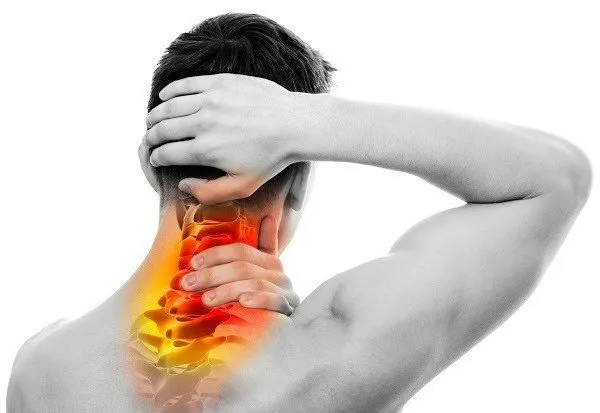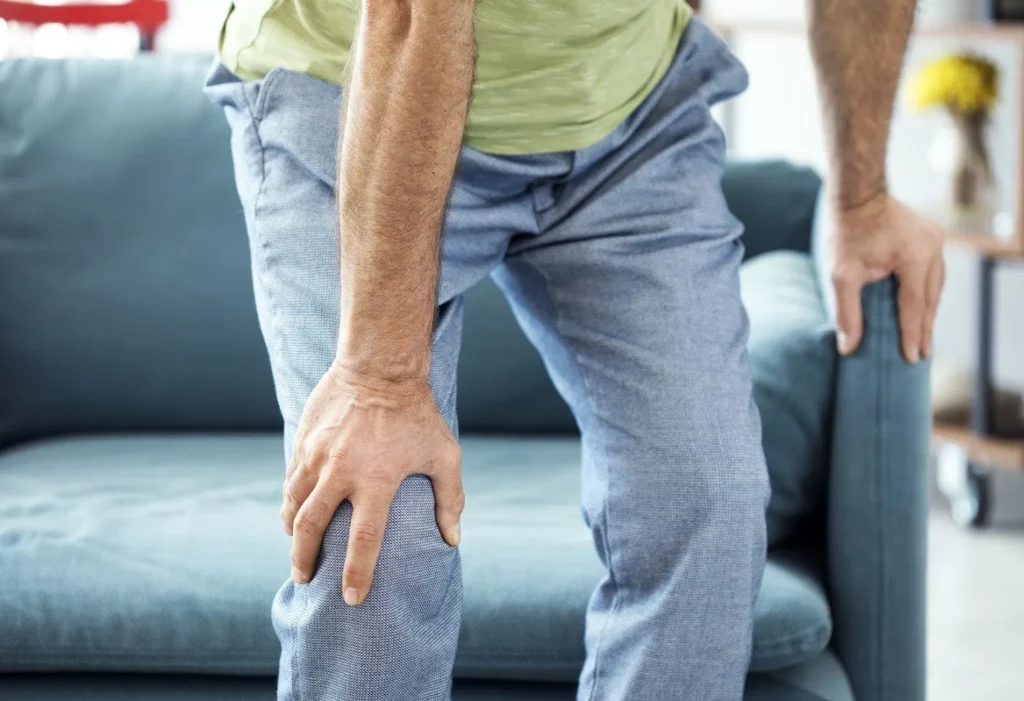Excellence in Rheumatology Care since 1977. Accepting New Patients
Oct 19, 2020
Menopause brings about many changes in a woman’s body. One such change women experience is a decrease in the production of estrogen. Reduced amounts of estrogen causes bone loss. This bone loss increases a menopausal woman’s chance of getting osteoporosis, which is a progressive disease in which the bones become weak.
If you are a woman in menopause, here are four more things you should know about osteoporosis.
1. Know the Risk Factors for Osteoporosis
One in ten women who are postmenopausal get diagnosed with osteoporosis . Most of these women will suffer a fracture. Some menopausal women have an even higher chance of getting osteoporosis. These women include those who started menopause before the age of 45, had their ovaries removed, or have gone through chemotherapy.
Some women in menopause might have a health condition that could increase their chances of osteoporosis. These conditions include diabetes, multiple sclerosis, hyperthyroidism, and rheumatoid arthritis.
According to the National Osteoporosis Foundation, menopausal women who are white or of Asian descent, have a small body frame, or who have a family member with osteoporosis, are also at an increased risk of the disease.
If you are going through menopause and have any of these risk factors, you may want to undergo a bone density scan. Also known as a DEXA scan, this diagnostic test measures the amount of minerals in your bones and can help determine if your bones are becoming thinner or weaker. The earlier osteoporosis is diagnosed, the better the chances of slowing down bone loss.
An early diagnoses of osteoporosis also decreases the chances of getting a fracture of the hip, spine, or wrist. These kinds of fractures are the most common for those who have osteoporosis.
2. Know the Symptoms of Osteoporosis
Unfortunately for women who are nearing the age of menopause, you will probably not see any signs that the bones are weak. Oftentimes, the first sign of osteoporosis is sustaining a fracture.
Besides a fracture, other signs and symptoms of osteoporosis include:
Menopausal women who notice any sign of osteoporosis should get a bone density scan right away so that they can begin treatment as soon as possible.
3. Know the Treatment Options for Osteoporosis
Taking preventive measures can greatly reduce the chances of getting osteoporosis during menopause. One of the best ways to slow down bone loss is to eat a balanced diet that includes foods with high amounts of calcium and vitamin D. Some of these foods include dairy products, broccoli, salmon, and legumes. Spending time in the sunshine is another way to get vitamin D.
Women should also maintain a healthy weight and perform weight-bearing exercises, which will help keep the bones strong. Limiting alcohol intake and avoiding nicotine can also reduce a woman’s chances of getting osteoporosis.
For menopausal women who get diagnosed with osteoporosis, certain medications, such as biphosphonates, calcitonin, and raloxifene can slow the progression of bone loss. Some women in menopause do hormone replacement therapy. Replacing estrogen helps to reduce the breakdown of the bone.
4. Know Who to Contact for More Information About Osteoporosis
If you are near or past the age of menopause and are concerned about osteoporosis , you need to contact professionals who can diagnose and treat this condition. Contact Sarasota Arthritis Center. Our physicians provide state-of-the art treatments for osteoporosis that will help you feel better and enable you to live a healthier life. We have been serving the Sarasota and Manatee counties for the past 40 years.

Arthritis and Stress: 4 Things You Need to Know
Arthritis in its many forms represents a major public health challenge, affecting some 54 million Americans (about 23 percent of the U.S. population) according to the CDC.

3 Fundamental Points for Understanding Bursitis
If you have swollen and painful joints, you could be suffering from bursitis. This condition occurs when bursa sacs become inflamed.

Arthritis Pain and Symptom Management
If you suffer from arthritis, you want to know about arthritis pain and symptom management. According to the Centers for Disease Control and Prevention (CDC), arthritis is a group of more than 100 different ailments.



We are able to see patients by appointment only. If you need to cancel an appointment, please contact our office at least 24 hours in advance. To expedite the check-in process prior to your appointment, please complete the pre-registration paperwork that will be emailed and texted to you through Phreesia. Please bring your insurance cards, method of payment, and identification with you to every appointment.